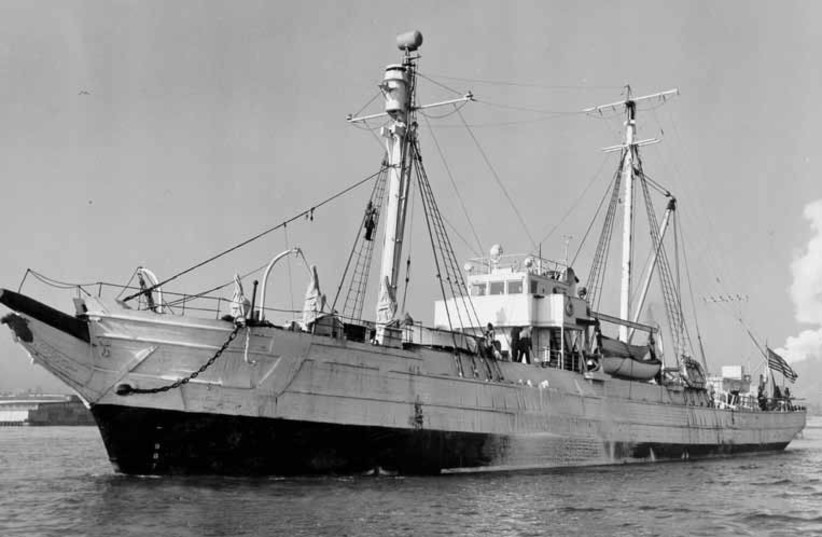The search for a historic ship spanning nearly half a century has come to a close now that its final resting place has been found, putting an end to the mystery of the fate of one of the most historically significant vessels in American history.
Known as the US Revenue Cutter (USRC) Bear, the ship has been missing since 1963. But prior to its disappearance, it had seen nearly eight decades of use, despite being made of wood.
Constructed in 1874 in Scotland, Bear was originally meant to be a sealer and served in that capacity for 10 years before being purchased by the United States. The reason for this purchase was an emergency: In 1881, US Army Lt. Adolphus Greely led an expedition to Ellesmere Island north of Greenland to study the weather, but they became stranded. Two years of rescue efforts had failed previously, but finally, in 1884, Bear was sent for the job, and managed to rescue Greely and other members of the expedition, sailing itself into global acclaim.
For the next 41 years, Bear continued to embark on rescue missions in the Arctic. But most notable was the fact that between 1886 and 1895, Bear was captained by "Hell Roaring " Mike Healy, the most famous captain in the history of the US Coast Guard who, being the son of a plantation slave, was the first African-American to captain a US government ship - even though he appeared white because his father was a plantation owner, and he never disclosed his heritage.
Bear made many rescue efforts during this tenure, including the Overland Rescue of 1897, one of the greatest rescue missions in Coast Guard history.

"During Bear's 40-year career in Alaska, the cutter performed some of the most daring and successful Arctic rescues in history," said William Thiesen, the Coast Guard Atlantic Area's official historian, at a press conference, CBS News reported. "And when malnourished Native Americans needed food, Bear brought it. When stranded whalers needed rescue, Bear saved them. One hundred years ago, when thousands of Alaskans contracted the Spanish flu during the pandemic, Bear brought doctors and medicine."
But the ship soon found itself thrust into the fray of the Spanish-American War and later World War I.
Bear was then decommissioned in 1929, becoming a maritime museum in Oakland, then went on to serve two big Antarctic expeditions.
But after that, World War II began, and Bear once again sailed into the fray. The ship served in the Greenland patrol, and it was here it had arguably its most famous moment: Playing a role in the capture of Buskoe, a Norwegian vessel used by the Nazis to supply secret German weather stations and send them weather reports, making it one of the first Axis ships seized by the US during World War II – even if the US was still two months away from joining the war.
This tenure made Bear the only US vessel to serve in the Spanish-American War as well as both world wars, but it was also the last time it saw proper service. The ship's owners changed hands and it ended up left alone on a Nova Scotia wharf before a Philadelphia businessman bought it, intending on converting it into a museum and restaurant on the waterfront.
Sadly, this new job was one that Bear would never get to accomplish. On its way to Philadelphia, Bear was lost at sea, sinking some 90 miles south of Cape Sable, Nova Scotia.
For decades since then, people have been searching for this historic vessel.
All that changed in 2019 when an unidentified wreck was discovered in the area. Two years later, the Coast Guard and the National Oceanic and Atmospheric Administration (NOAA) got to work investigating the wreck. And it was with this investigation that they became "reasonably certain" that Bear had at last been found.
The discovery of this ship finally brings the story of such a historic vessel to a close. Over 60 years after it disappeared, its legacy is never forgotten, and it remains honored by the Coast Guard to this day.
